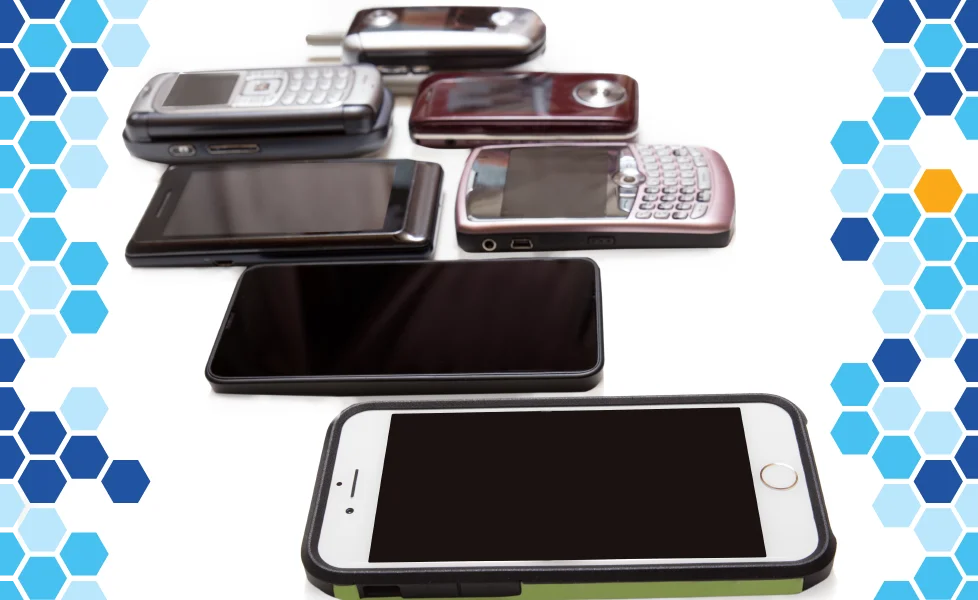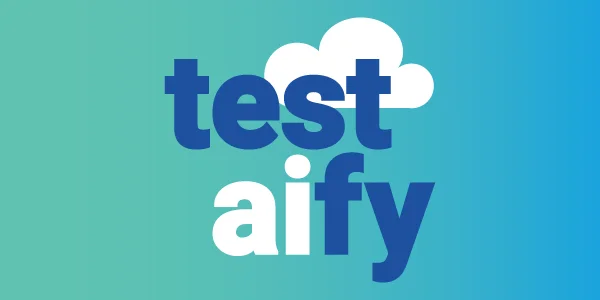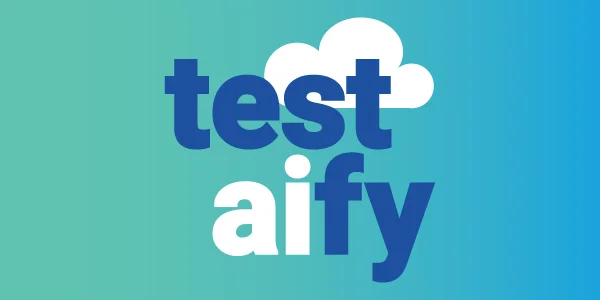Testaify and the Ever-Rising Quality Standard
The iPhone changed the game. It was an inflection point that redefined what quality could mean for smartphones. Testaify's goal is to follow that example.
"We're going to have to start over."
In 2007, Apple introduced the iPhone. In Fred Vogelstein’s book Dogfight: How Apple and Google Went to War and Started a Revolution, the reaction from a Google Engineer to the unveiling of the iPhone captured the inflection point: “As a consumer, I was blown away. I wanted one immediately. But as a Google engineer, I thought, ‘We’re going to have to start over.’”
Google scrapped the work done on Android up to that point and started over. Apple has changed the definition of what a mobile device is. Apple raised the quality standard to a new level. The change was not only about the user experience. At the time, the biggest smartphone vendor was RIM. Their disbelief, as told by a former employee, explains how the iPhone was a technological inflection point:
“All these companies were fighting over what amounts to overgrown PDAs with phones and wireless stacks strapped on. Everyone assumed power density was nowhere even close to what was needed for general computing, that a full featured browser and heavy duty Internet services were impossible due to bandwidth and latency. Take a look at how our Java expert groups named standards, how people at the time talked about what features smartphones should have, and it's clear that no one thought an iPhone was possible. Even Danger, which eventually [led to] Windows Phone 7 and Android, was just working on a better Blackberry.
The iPhone did many amazing things, but what stands out in my mind was how it proved that these assumptions were flat-out wrong beyond any reasonable doubt.
“I left RIM back in 2006 just months before the iPhone launched and I remember talking to friends from RIM and Microsoft about what their teams thought about it at the time. Everyone was utterly shocked. RIM was even in denial the day after the iPhone was announced with all-hands meets claiming all manner of weird things about iPhone: It couldn't do what they were demonstrating without an insanely power hungry processor; it must have terrible battery life, etc. Imagine their surprise when they disassembled an iPhone for the first time and found that the phone was battery with a tiny logic board strapped to it. It was ridiculous, it was brilliant.”
Some companies understood the radical shift happening at the time and adjusted. Google decided to throw away months of work and restart Android. It was successful at creating a competitor. RIM did not change. We all know the story. RIM still exists as a company. I met one of their employees a few months back. He shared that the most common question he gets from his family is: Does RIM still exist? They do not believe he works at RIM.
The iPhone is an excellent example of everything that encompasses quality. It is more than just the user experience—more than the engineering and the testing. It is more than the strategy. It is the interconnection of all those dimensions that define what quality is. According to ChatGPT, quality is a multifaceted concept encompassing various dimensions, including functionality, adherence to standards, customer satisfaction, excellence, reliability, durability, perceived value, and the cost of ensuring quality. We agree that quality is a multidimensional concept. However, the critical point needed in the definition is that quality constantly changes.
One of my favorite management books is Only The Paranoid Survive by the late Andy Grove, founder and former CEO of Intel. He defines an inflection point as a 10x change. It is something that proves a lot of assumptions wrong at the same time. It changes the landscape in a significant way. What is happening with Artificial Intelligence (AI) today is an inflection point as substantial, if not more potent, than the unveiling of the iPhone in 2007.
At Testaify, we agree AI is an inflection point. We are in the early days of that inflection point, but what will happen or how it will evolve is still an untold story. For us, an inflection point significantly increases the quality standard. It affects many aspects at the same time. As such, we are using AI to impact product development and the quality standard directly. We are building a Comprehensive Continuous Testing (CCT) Platform covering essential aspects defining a software product’s quality.
In reaching our professional goals, we will provide you with a powerful tool to keep track of the ever-raising quality standard. We hope you reflect on this moment as we do the first iPhone. It is the start of a new era.
About the Author
 Testaify founder and COO Rafael E. Santos is a Stevie Award winner whose decades-long career includes strategic technology and product leadership roles. Rafael's goal for Testaify is to deliver comprehensive testing through Testaify's AI-first platform, which will change testing forever. Before Testaify, Rafael held executive positions at organizations like Ultimate Software and Trimble eBuilder.
Testaify founder and COO Rafael E. Santos is a Stevie Award winner whose decades-long career includes strategic technology and product leadership roles. Rafael's goal for Testaify is to deliver comprehensive testing through Testaify's AI-first platform, which will change testing forever. Before Testaify, Rafael held executive positions at organizations like Ultimate Software and Trimble eBuilder.
Take the Next Step
Testaify is in managed roll-out. Request more information to see when you can bring Testaify into your testing process.



